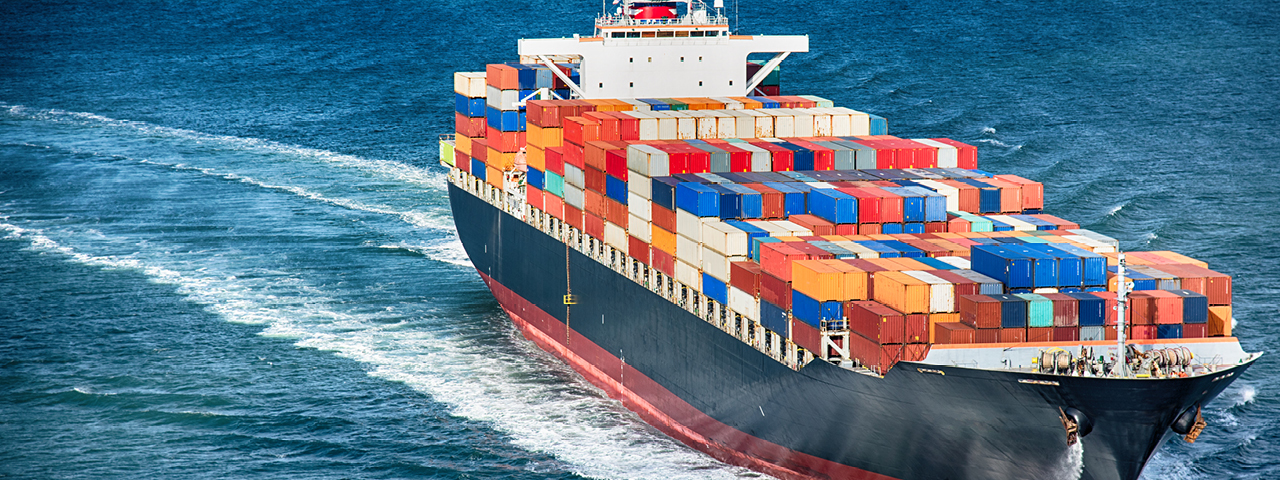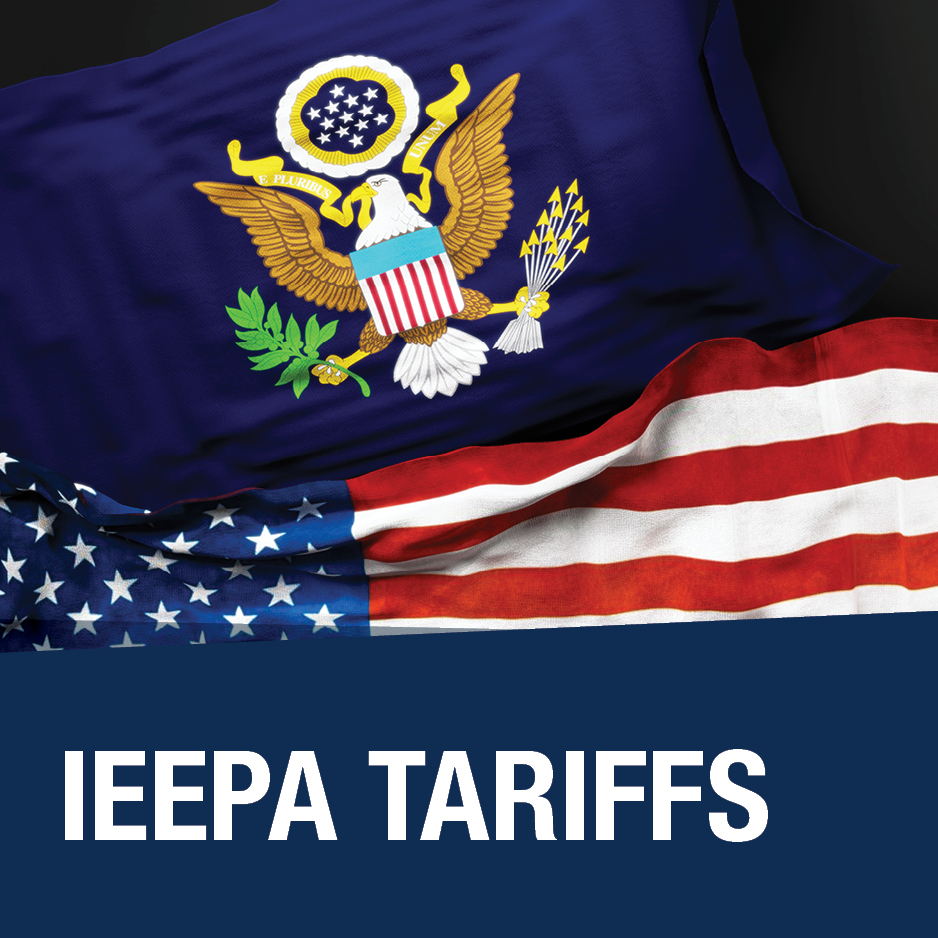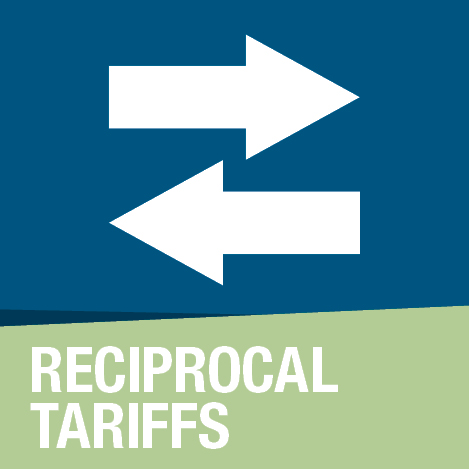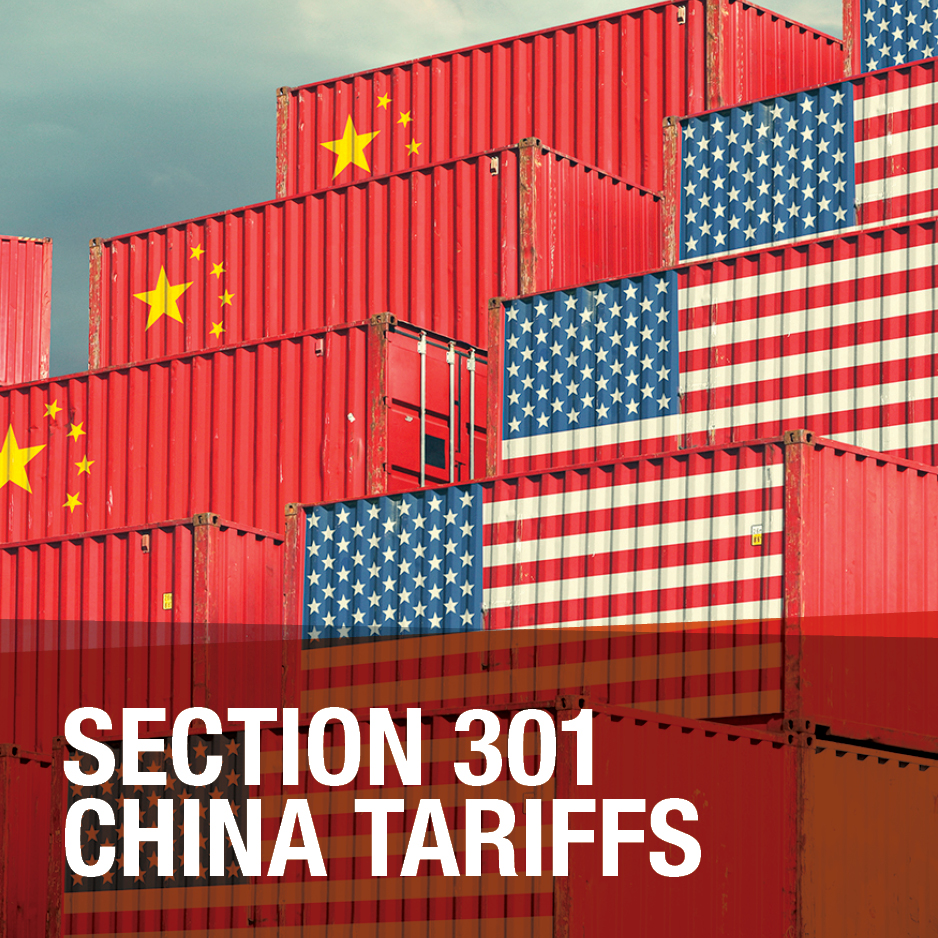
Tariffs and Trade
Tariffs & Trade Impacting the Automotive Aftermarket Latest News
The Auto Care Association is actively monitoring this evolving situation and will provide updates as new information emerges. Check this page regularly for the latest developments.
Member-only Resource
Auto Care Tariff Calculator
Use our tariff calculator to help you identify which recent U.S. tariffs may apply cumulatively to your products.
See CalculatorHas your business been impacted by Tariffs?
We welcome your feedback to help us better understand and assess the impact of these tariffs on our industry and businesses. Please share with us by contacting Angela Chiang, director, international affairs, at angela.chiang@autocare.org.
Share Your Impact StoryCurrent Status
On March 26, 2025, President Trump issued a proclamation imposing a 25% tariff on imports of automobiles (effective April 3, 2025) and certain automobile parts (tentatively effective May 3, 2025).
Current Status
Effective March 7, 2025, imports from Canada and Mexico that meet USMCA rules of origin are exempt from the additional IEEPA duties. Imports that do not satisfy USMCA rules of origin are subject to a 25% tariff rate. Energy products from Canada and potash from Mexico and Canada are subject to a reduced tariff rate of 10%.
Effective March 4, 2025, imports from China are subject to a 20% tariff rate, an increase from a 10% tariff rate that went into effect on Feb. 4, 2025.
Note that many products imported from Canada and Mexico were already duty-free under MFN rates, making USMCA declarations unnecessary. Under the new policy, importers must document and ensure USMCA compliance (if eligible) to be exempt from the IEEPA tariffs. Otherwise, the 25% IEEPA tariff would apply.
Current Status
On April 1, 2025, President Trump issued an Executive Order under the International Emergency Economic Powers Act (IEEPA) to establish a 10% baseline tariff and country-specific reciprocal tariffs on imported goods.
On April 9, 2025, President Trump issued an order delaying the country-specific reciprocal tariffs effective April 10, 2025. The country-specific reciprocal tariffs originally went into effect on April 9, 2025 and will be suspended for 90-days, after which the country-specific rates in Annex I will apply.
The baseline 10% tariff remains in effect for all products from all countries during this time, except for products that are covered by the exemptions listed in the original order (see below).
However, the 90-day pause does not apply to China due to their retaliatory tariffs on U.S.-origin goods. China's reciprocal tariff rate has increased from the original 34% to 84% and now to 125%. This applies to goods entered for consumption, or withdrawn from warehouse for consumption, on or after 12:01 a.m. EDT on April 10, 2025.
Current Status
As of March 12, 2025, the expanded Section 232 tariffs on steel and aluminum are now in effect. All imports of steel and aluminum are subject to a 25% tariff, and previous country exemptions and tariff-rate quotas have been eliminated.
The tariffs also apply to certain derivative products based on the steel and aluminum content. The product exclusion process has been terminated, meaning previously approved exclusions are no longer valid.
Current Status
The Section 301 China tariffs implemented in 2018-2019 remain in effect, with most tariff rates unchanged since their initial implementation. While some product exclusions have been extended, the majority have expired, except for a limited set scheduled to expire on May 31, 2025.
Additionally, a new 20% tariff on imports from China was imposed under IEEPA, taking effect on Mar. 4, 2025.
White House Briefing - Port Strikes
The White House Office of Public Engagement invites you to join a virtual briefing on Friday, October 4 at 11:00 AM ET for an update on the strike at East Coast and Gulf Coast ports with senior officials from the White House and the Small Business Administration. To join the briefing, please register at the link below.
White House Briefing on East Coast and Gulf Coast Ports
Friday, October 4
11:00 AM EST
Please RSVP by 9 AM EST on Oct. 4.
Call canceled due to newly announced tentative agreement
Here's the latest on the strike:
The United States Maritime Alliance, Ltd. (USMX) representing ocean carriers and marine terminal operators, released a statement yesterday reaffirming its focus on ratifying a new contract that addresses all key issues. It stated reaching an agreement will require negotiations at the table but that it cannot agree to any preconditions for returning to negotiations.
The International Longshoremen’s Association (ILA) representing longshoremen at the East and Gulf coast ports, released a statement saying that ILA President Daggett has received death threats and harassment after a news article revealed his home.
Vice President Harris has voiced her support for the ILA. “This strike is about fairness. Foreign-owned shipping companies have made record profits and executive compensation has grown. The Longshoremen, who play a vital role transporting essential goods across America, deserve a fair share of these record profits,” Harris said in a statement.
The Congressional Research Service has issued a report outlining the potential economic impact of the labor strike if it were to last more than a few days. Key takeaways from the report include:
- In 2022, East and Gulf Coast seaports accounted for 60% of the import and export containers shipped through U.S. seaports. The West Coast seaports accounted for 40%. East and Gulf Coast seaports accounted for 15 of the top 20 U.S. container ports.
- The strike coincides with the start of the harvest season and the peak season for retail goods distribution in anticipation of year-end holiday sales.
- China is often the leading origin or destination for containerized goods at East and Gulf Coast seaports. Ships trading between these ports and China sail through the Panama Canal, which is slower but less costly than moving the goods by railroad across the United States to/from West Coast ports (referred to as the “landbridge” route).
- Importers and exporters in the eastern United States could turn to the landbridge route, but doing so could be cost prohibitive for lower value-to-weight-ratio cargoes. This ratio is also the obstacle for most waterborne freight using airplanes because air cargo is economical only for the highest value-to-weight-ratio products, such as medical instruments.
- Aviation is also not economical for the quantity of goods transported in ocean containers.
- The Port of Montreal, Canada, is an economic alternative for U.S. Northeast and northern Midwest shippers, but there is also ongoing labor strife at that port. Texas shippers might examine rail connections to Mexican ports.
We'll continue to keep you updated. Please continue to share your port strike impact stories to help support our advocacy efforts on your behalf.
Latest News
 On Your Behalf
On Your Behalf Press Release
Auto Care Association Submits Comments, Economic Study to USTR, Warns Proposed Shipbuilding Remedies Will Harm American Consumers, Businesses
 On Your Behalf
On Your Behalf Auto Care Association Joins Coalition Letter in Opposition of USTR's Shipping Remedies Proposal








Leave a comment